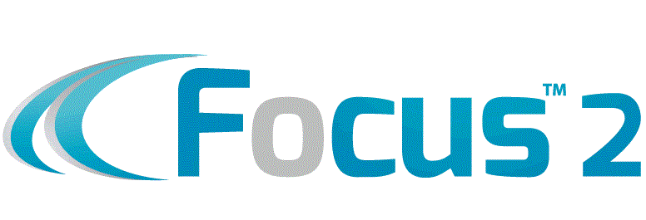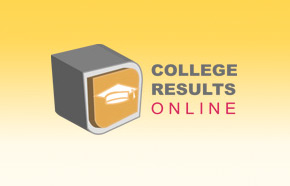New Student Loan Rules Will Disappoint Many
A new law will help a lot of struggling students and parents -- but others will be very disappointed. The Good, Bad and Ugly of the New Student Loan rules.
The Good: undergraduates that are eligible for subsidized loans will note the rates will be a lot lower. Congress passed a law cutting them in half, from 6.8% to 3.4%. Don’t expect your rate to go down tomorrow; these rates will adjust over the next 5 years. The lower rate affects Stafford loans for students who qualify for federal subsidies, meaning Uncle Sam pays the interest on the loans while you're still in school. Plus limits on Pell Grants for low-income students will gradually rise from $4,800 in 2008 to $5,400 in 2012. (Pell grant recipients family AGI’s are typically 60-50k or less.)
The Bad: news is many other students won't get help and may even end up paying more. That includes undergraduates with unsubsidized federally backed loans, graduate students and graduates who may want to refinance their loans. Unsubsidized undergrad rates as well as all graduate school rates will remain at 6.8%, while loans taken out by parents under the federal PLUS program will hold at 8.5%.
Students seeking to consolidate all their federal loans into one loan under a fixed rate will see plenty of perks vanish. Why? Congress also is eliminating $21 billion in federal subsidies to student lenders. And that is going to cut deep into lenders' bottom lines, meaning lenders will need to scale back incentives they use to lure business away from their rivals.
The Ugly: while the Federal Government looks to bully its way into the student loan arena many are disappointed that the long overdue changes are not enough and do not do enough to help parents and students capitalize on the over $100 billion dollars of financial aid. It would seem that the Federal Government is looking out for its best interest by capturing this fragile market with empty promises.
Some are so bold as saying that the Federal Government is strong arming its way into the student loan arena with it eye on the prize. This prize is a long term goal to capture interest payments from student loans as another revenue source for the fat cats on Capitol Hill.
The Solution: AZ College Consulting, LLC Arizona’s premier college planning firm says to quickly learn the 156 strategies to lower your college costs. By understating the “rules of the game” your child will graduate with less student loans and you can pay your lowered adjusted share of college in a comfortable manor, pay off your house in a shorter period and build up a respectable retirement nest egg using AZ College Consulting’s proprietary college planning formula custom designed for your family.





